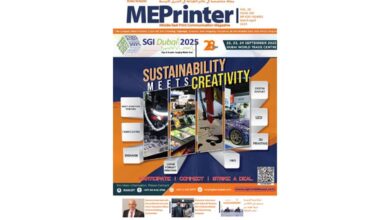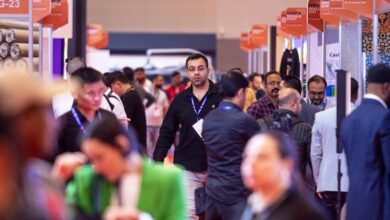Entire Island Recreated Using 3D Printing
Usually 3D printers are used to print objects no larger than a basketball, but engineering services firm Micro CADD Services (MCS) has pushed the envelope to produce a 1:10,000-scale model of the entire island of Bahrain, said a report in the Gulf Daily News (GDN), sister publication of TradeArabia News Service. The geographical model not only features landmark buildings and homes in parts of Manama and beyond, but also accurately maps the landscape of Bahrain from coast to coast.
“We are the only company in Bahrain and the region that does 3D printing and laser modelling,” MCS general manger Paul Garner told the GDN.
“We did the 3D model of Bahrain using a mobile laser scanner that is attached to a jeep.
“The jeep drove around the country in grids scanning everything it passed, then we took that information, input it into a computer and created the model.”
The 3D printed map is one of the world’s largest models of an entire country, measuring 5.4 metres long by 2.2 metres wide, and was made possible through the use of Mcor Technologies’ Matrix 300+.
Most 3D printers use plastics or ceramics to create their three-dimensional objects, but the Matrix 300+ uses ordinary inkjet printer paper – found in many homes and offices – to do its modelling.
According to Garner, the 3D model has already attracted the attention of His Royal Highness Prince Salman bin Hamad Al Khalifa, Crown Prince, Deputy Supreme Commander and First Deputy Premier.
“The model has drawn in the attention of some big figures in Bahrain,” he said.
MCS mainly focuses on doing modelling for major players in the petrochemical industry and has already completed 3D models for Bapco, GPIC and even Saudi Aramco – but the Bahrain map project was intended more to showcase what the company can do.
“We are pioneering 3D laser modelling in the Gulf,” said Garner.
“Most of the work we do is in the oil and governmental sectors, modelling oil rigs and even full pipe networks – which we have done for Bapco. “We were the first company to make an A to Z map of Bahrain and now we are taking the next step with the 3D model.”
In order to create the large model workers at MCS used software provided by Mcor called SliceIt, which allowed them to separate the digital model of Bahrain into smaller tiles that they could print out and then glue together.
To create the roads, they 3D printed out strips of grey paper, which were then glued onto the model – this allowed for the roadways to be raised slightly, like on real terrain. – TradeArabia News Service.

.gif)



